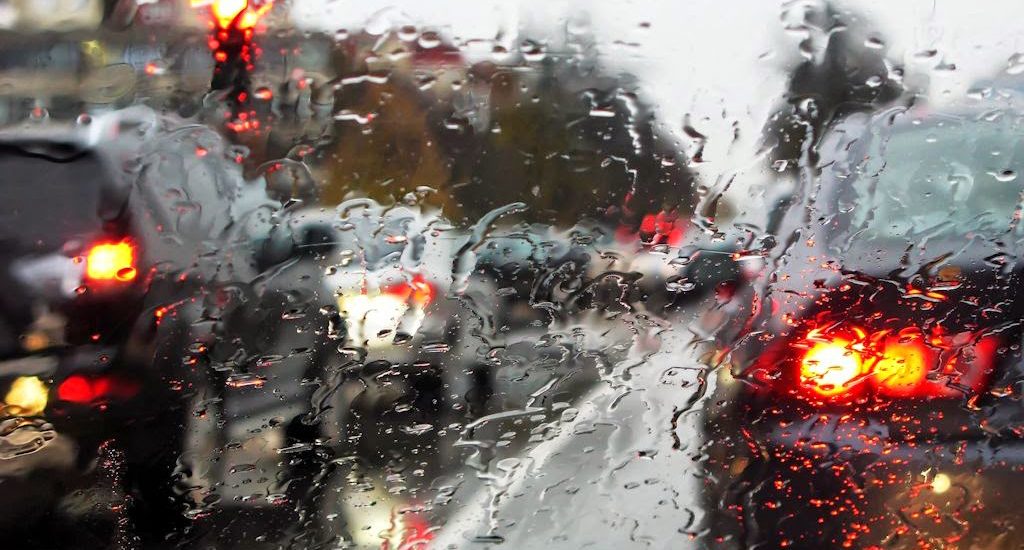The weather between Edmonton and Calgary can get a bit challenging with unusual winds, especially around Red Deer. I seem to either drive into wind warnings, hail storms or heavy rains in that area each time. Add the large volumes of traffic in this stretch of highway, and you have the perfect formula for an accident. The following information is from www.travelers.com
Driving in Heavy Winds
Wind may seem like a minor risk, but this weather condition deserves special consideration from drivers. Strong wind can occur just about anywhere, but it can be more common in wide open spaces. Areas for concern also include highway overpasses, tunnels and ‘road cuts’ through mountainous areas that can act as funnels for wind. The following tips can help keep you on the road and safe if you encounter heavy winds.
1. Anticipate gusts. Take special care when driving through areas prone to strong winds or when weather reports predict severe weather.
2. Notice larger vehicles. Be aware of large vehicles on the road such as tractor-trailers and recreational vehicles. They are more susceptible to high winds and drivers may have difficulties staying in their lanes.
3. Keep a firm grip on the wheel. Keep both hands on the wheel in case the wind begins to move your vehicle, especially if you are driving a large vehicle or towing a trailer.
Driving in Heavy Rain
In addition to the potentially poor visibility that accompanies most heavy rain, drivers should be ready to protect themselves against hydroplaning. Hydroplaning can occur when a vehicle is traveling too fast in heavy rain conditions, causing the vehicle’s tires to travel on a thin layer of water rather than grip the surface of the road. This has the potential to make steering and braking difficult and could even lead to losing control of your vehicle. Follow these tips to help you stay safe while driving in heavy rain.
1. Take your time. Slowing down is the only way to keep your vehicle from hydroplaning. Also remember that one of the most dangerous times to drive is soon after it begins to rain, as oils on roadway make for slick conditions. Waiting a few minutes, rather than rushing to your destination, can be a safer plan when it is raining.
2. Turn your lights on. Turn your headlights on to help other vehicles see you. Many states require the use of headlights during rain, even in broad daylight.
3. Give other vehicles more space. Add 1-2 extra seconds of following time in the rain, gives you and the cars behind you more time to react to traffic.
Safe travels.

